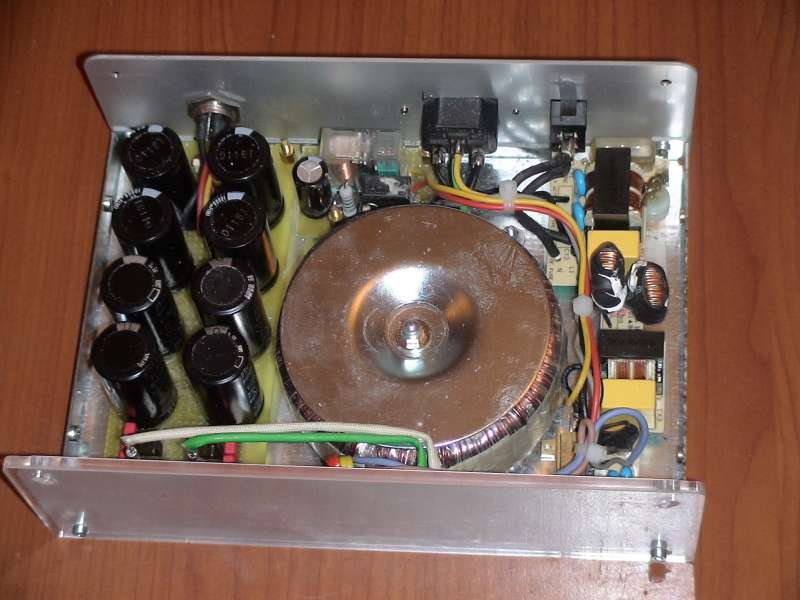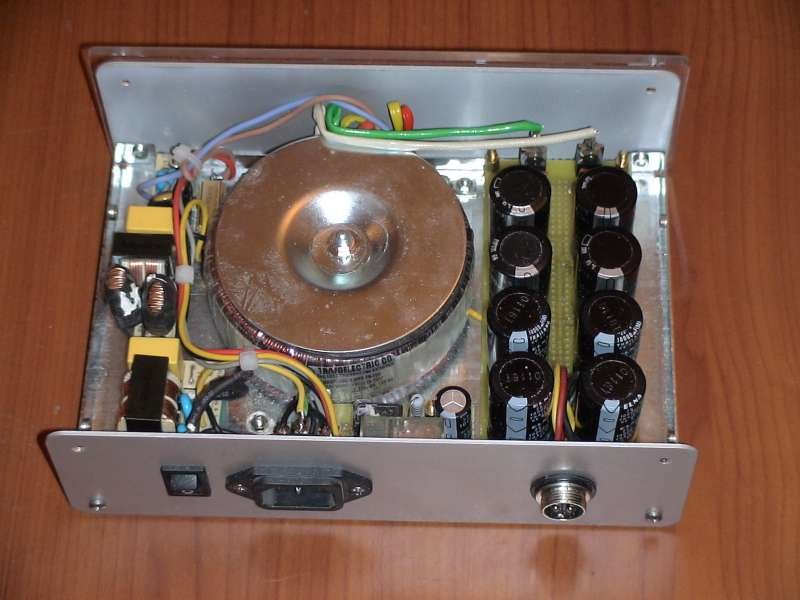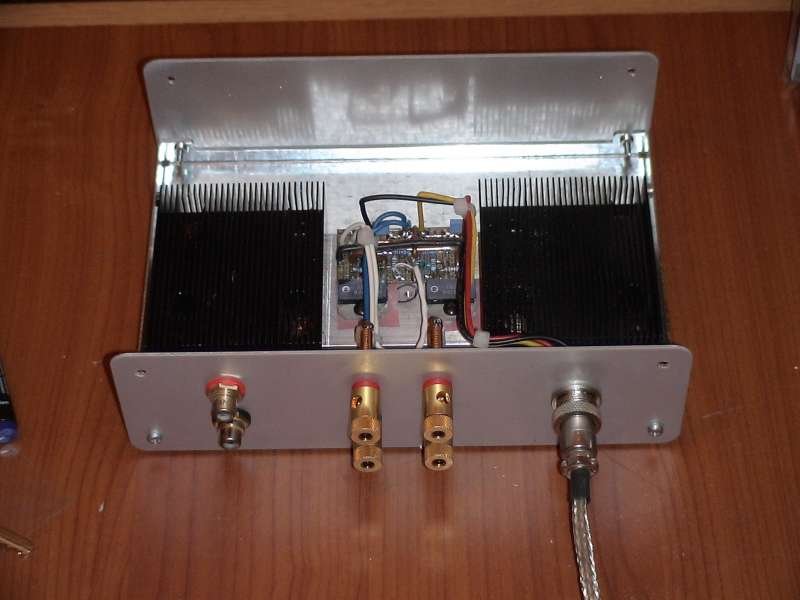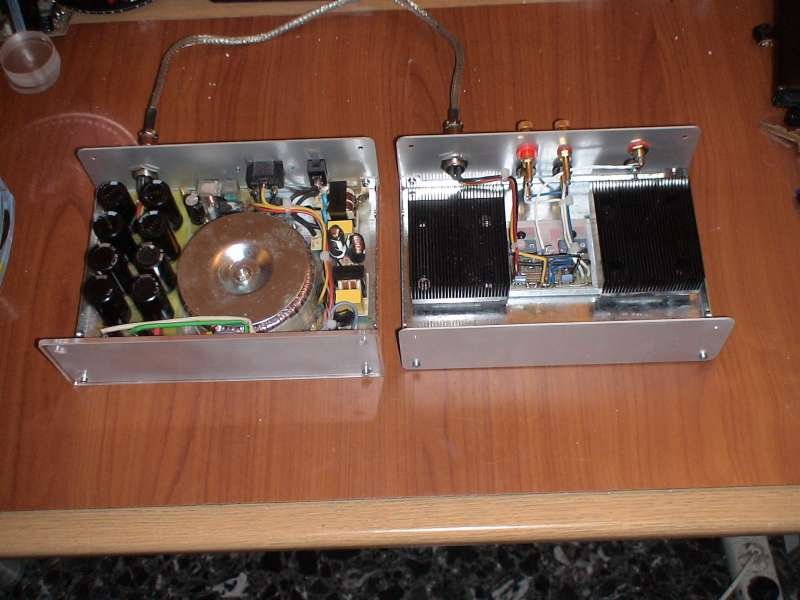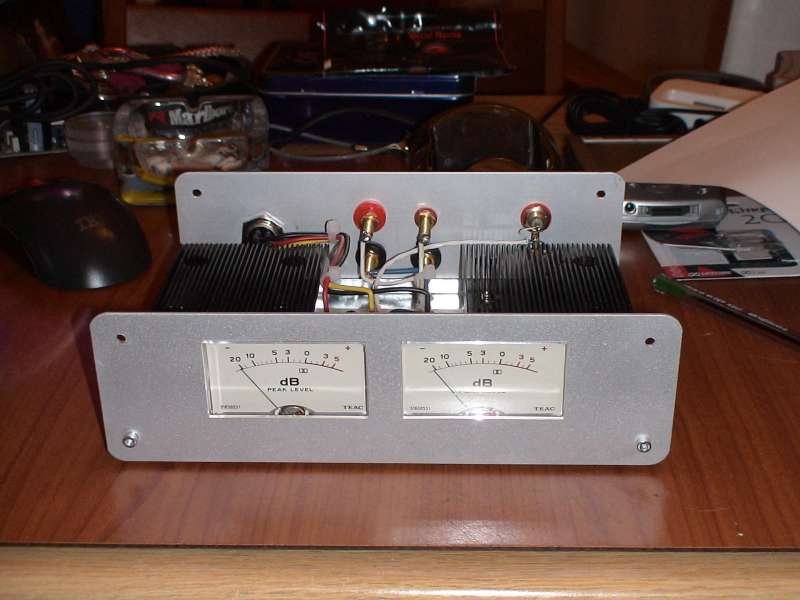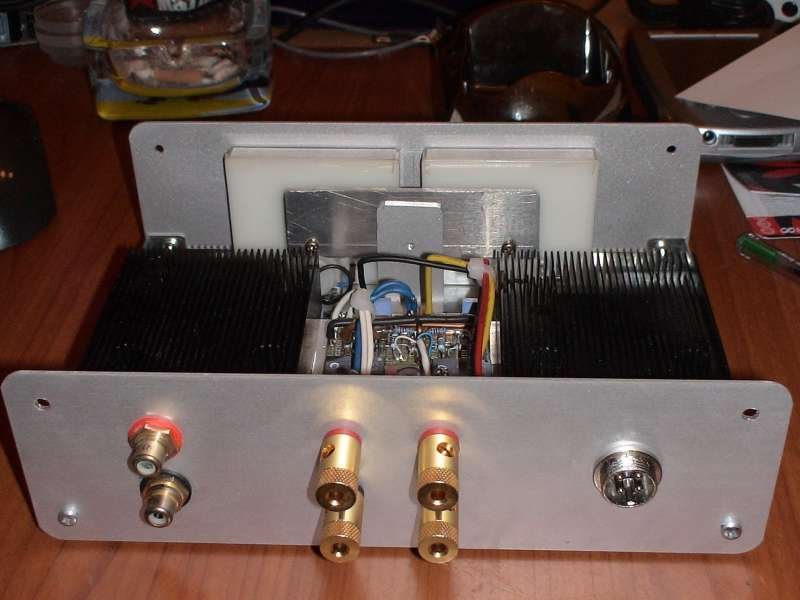έχω ακούσει τόσα και τόσα που δεν άντεξα και μπήκα στον
πειρασμό να τον φτιάξω....
μα πιο πολύ αυτό που μου κίνησε την περιέργεια ήταν...η τιμή που
πουλάγανε τον original
"In 1999, 47 Labs introduced the Gaincard amplifier. The Gaincard shook the audiophile community with its unconventional design. It had fewer parts, less capacitance and simpler construction than virtually anything preceding it, and relied on a 56 watt chip for amplification, the National Semiconductor LM3875. These construction techniques went against the accepted wisdom of the time, which favored large power supplies and discrete amplification. This Gaincard was estimated to cost less than 100 USD in parts, but it sold for 3300 USD with its small power supply. Controversy ensued after a number of positive reviews.[1]"
ιinfo : http://en.wikipedia.org/wiki/Gainclone
και
http://www.tnt-audio.com/ampli/47gaincard2_e.html
και να το αποτέλεσμα
πειρασμό να τον φτιάξω....
μα πιο πολύ αυτό που μου κίνησε την περιέργεια ήταν...η τιμή που
πουλάγανε τον original
"In 1999, 47 Labs introduced the Gaincard amplifier. The Gaincard shook the audiophile community with its unconventional design. It had fewer parts, less capacitance and simpler construction than virtually anything preceding it, and relied on a 56 watt chip for amplification, the National Semiconductor LM3875. These construction techniques went against the accepted wisdom of the time, which favored large power supplies and discrete amplification. This Gaincard was estimated to cost less than 100 USD in parts, but it sold for 3300 USD with its small power supply. Controversy ensued after a number of positive reviews.[1]"
ιinfo : http://en.wikipedia.org/wiki/Gainclone
και
http://www.tnt-audio.com/ampli/47gaincard2_e.html
και να το αποτέλεσμα

